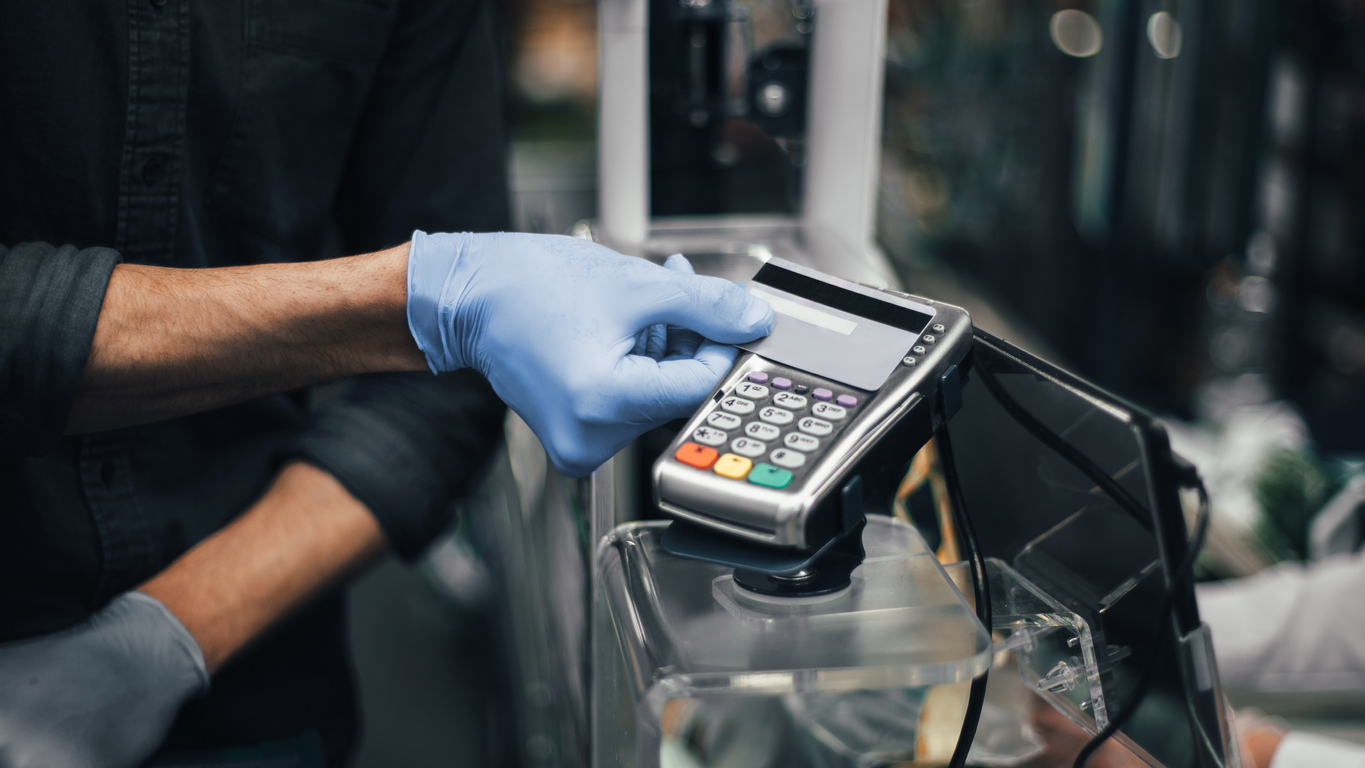As cash recedes from common usage, alternative payment methods are filling the void. Southeast Asia in particular has seen a rise in these APMs.
A vibrant payment landscape in Southeast Asia has led consumers to increasingly adopt alternative payment methods (APMs) for online payments and reduce their dependence on cash or major international credit card brands. APMs are also known as local payment methods as they are generally created according to the demands of their local consumers.
The Southeast Asian payment market is flooded with a number of APMs, enabling customers in the region to make virtual payments using a method most convenient for them. Some of the popular APMs in the region are as enumerated below:
Bank transfers: With funds transferred directly from their bank accounts, consumers can shop for products and services online.
e-wallets: Customers can load their digital wallets with funds from their bank accounts or credit cards and use them to make contactless payments.
Mobile payment apps: To make payments using mobile payment apps, consumers are required to download these apps on their mobile devices.
QR codes: QR (quick response) codes are barcodes that need to be scanned using a mobile device to facilitate electronic payments.
Buy now pay later: Buy now pay later (BNPL) enables consumers to shop for products and make the payments in installments at zero interest.
Direct carrier billing: Also known as telecom billing, carrier billing, or simply DCB, this alternative payment method enables customers to purchase digital services and pay for in-app upgrades using their mobile devices such as smartphones, tablets, smart TVs, or payment-enabled smart wearables.
In an effort to reduce dependency on cash and move towards a digital economy, many governments in the region have initiated special programmes such as Buy Malaysian Products and ePenjana in Malaysia, Smart Nation and Digital Resilience Bonus in Singapore, and the National e-Payment Master Plan in Thailand, among others. With a number of digital payment methods crafted especially for local needs, the adoption of APMs is high in these nations.
[ymal]
APMs have now become mainstream
In some of the markets in the SEA region, alternative payment methods have become mainstream and consumers use them more than credit cards to make virtual payments. With smartphone usage rising exponentially in the region, both web- and mobile-based commerce have grown significantly as it enables customers to shop on-the-go using their mobile devices. When customers find a payment method they are accustomed to using, they are more likely to complete the purchase.
Merchants can use APMs to increase revenues
With the adoption of APMs in the SEA region increasing, merchants can use them to tap into a large section of consumers by offering APMs as a payment option and increase their revenues.
For instance, DCB not only enables customers to make payments using an internet-connected device but also allows them to have the payment added on to their postpaid billing cycle or deducted from their prepaid SIM load. As a result, even the unbanked and underbanked population can benefit from the convenience of enjoying digital services such as video and music streaming without necessarily needing traditional banking facilities or services.














